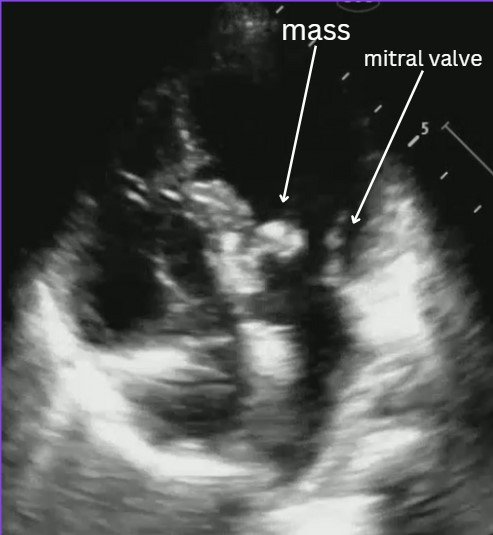Hellooo and welcome to Trauma Tuesday. Today we're going to be discussing c-collars, something that we very frequently see on our patients and very frequently place on our patients.
What is the evidence for it? Are we using c-collars correctly?
C-collars have been recommended by multiple academic societies (surgical, trauma, prehospital, neurological) to be placed pre-hospital if there is a suspected c-spine injury. This recommendation has been in place for ~30 years and has not really changed throughout that time.
This recommendation has come into question in the past few years given that there aren't many high-quality RCTs truly showing he benefit of c-collars on c-spine injuries and subsequent spinal cord injuries.
Additionally, conservative estimates show that at least 50-100 patients have c-collars placed on them for every patient that actually has a confirmed c-spine injury - and c-collars are not without harm.
C-collars have been shown to:
Increase intracranial pressure via jugular venous compression
Increase difficulty for airway management
Lead to pressure ulcers when used for an extended period of time
Lead to patient discomfort
Lead to increased CT imaging that may not have been necessary per our current evidence
Additionally, there is no evidence that small movements of the spine cause worsening c-spine injury. It's large, forceful impacts against the neck that lead to injury, and if the patient has a c-spine injury, they are unlikely to actively move their neck to a degree that will worsen their injury.
However, given that c-collars are still standard of practice for anyone with a suspected (or confirmed) c-spine injury, we should still follow standard of practice and hospital protocols. Also, it's understandable that we, as EM providers, want to prevent the worst case scenario of a spinal cord injury.
But I hope this POTD makes us all think harder about how many c-collars we're placing on our patients and the need for better evidence to support (or not support) this practice.
References
Booth, K, Helman, A. Backboard and Collar Nightmares from Emergency Medicine Update Conference. Emergency Medicine Cases. May, 2015. https://emergencymedicinecases.com/backboard-and-collar-nightmares-emergency-medicine-update-conference/. Accessed October 7, 2024.
Sundstrøm T, Asbjørnsen H, Habiba S, Sunde GA, Wester K. Prehospital use of cervical collars in trauma patients: a critical review. J Neurotrauma. 2014;31(6):531-540. doi:10.1089/neu.2013.3094
Maschmann, C., Jeppesen, E., Rubin, M.A. et al. New clinical guidelines on the spinal stabilisation of adult trauma patients – consensus and evidence based. Scand J Trauma Resusc Emerg Med 27, 77 (2019). https://doi.org/10.1186/s13049-019-0655-x
Plumb, James O.M.Morris, Craig G. et al. Cervical Collars: Probably Useless; Definitely Cause Harm! Journal of Emergency Medicine, Volume 44, Issue 1, e143
https://www.jems.com/patient-care/why-ems-should-limit-use-rigid-cervical/
https://epmonthly.com/article/collar-care/
https://www.emdocs.net/cervical-collars-for-c-spine-trauma-the-facts/


